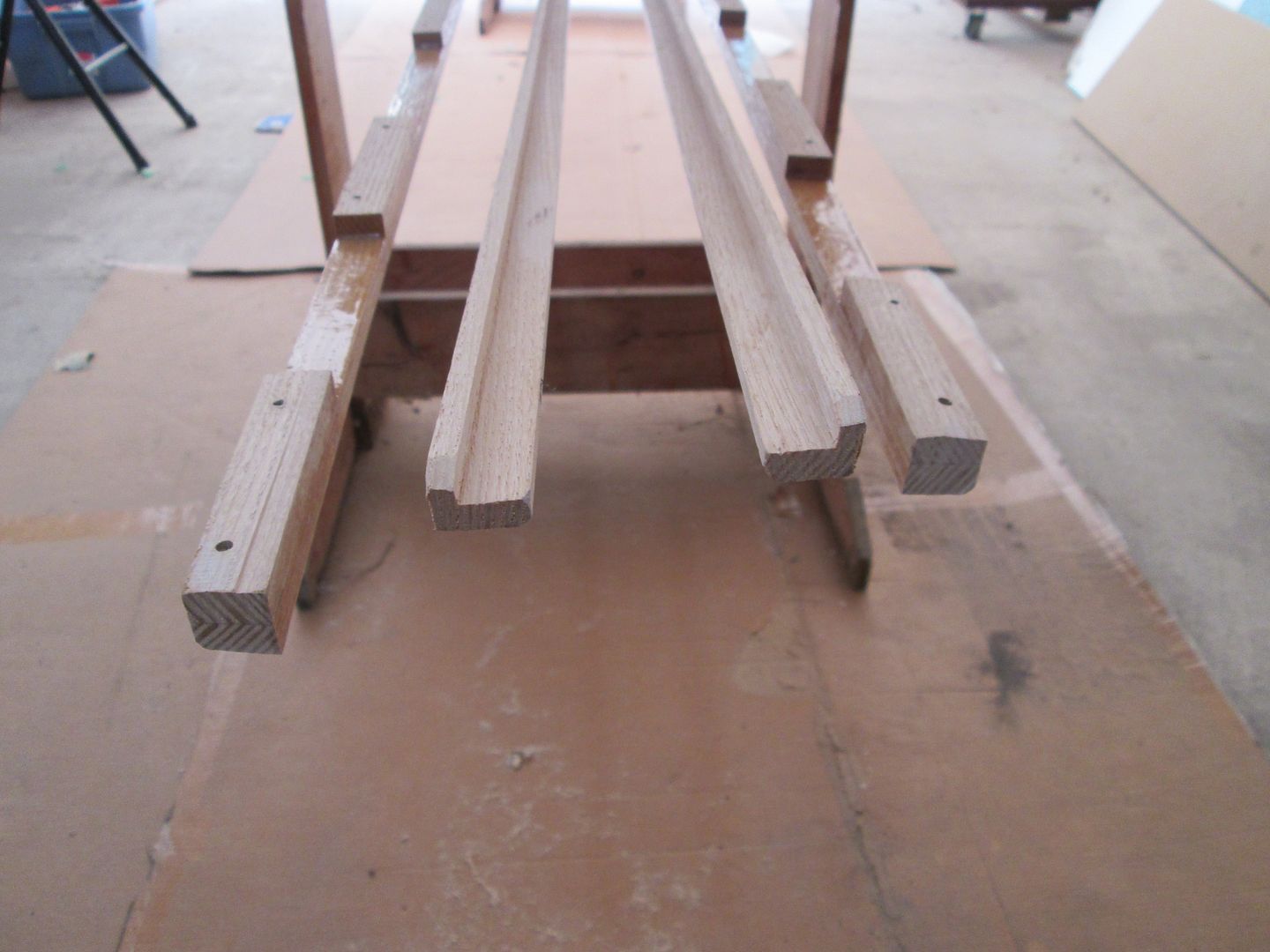- Joined
- Jun 22, 2016
- Messages
- 154
- Reaction score
- 6
Hi...was introduced to this site from my buddy Coldfeet...lotta great stuff here! (Thx bro!)
I have the hull of a Mad River Freedom (1995) and am just beginning to replace all of the wood trim including seats, thwarts, decks and gunnels.
I have recently cut and shaped the 4 ash gunnels and am now looking to treat them properly for outdoor exposure. Would love to hear what others are using/doing. My intention is to stain the gunnels a darker color as well. Can I use an all-in-one stain/water retarder? Or better to stain with one product, then water retard with another?
Your help appreciated as I begin this project.
Chris
I have the hull of a Mad River Freedom (1995) and am just beginning to replace all of the wood trim including seats, thwarts, decks and gunnels.
I have recently cut and shaped the 4 ash gunnels and am now looking to treat them properly for outdoor exposure. Would love to hear what others are using/doing. My intention is to stain the gunnels a darker color as well. Can I use an all-in-one stain/water retarder? Or better to stain with one product, then water retard with another?
Your help appreciated as I begin this project.
Chris


